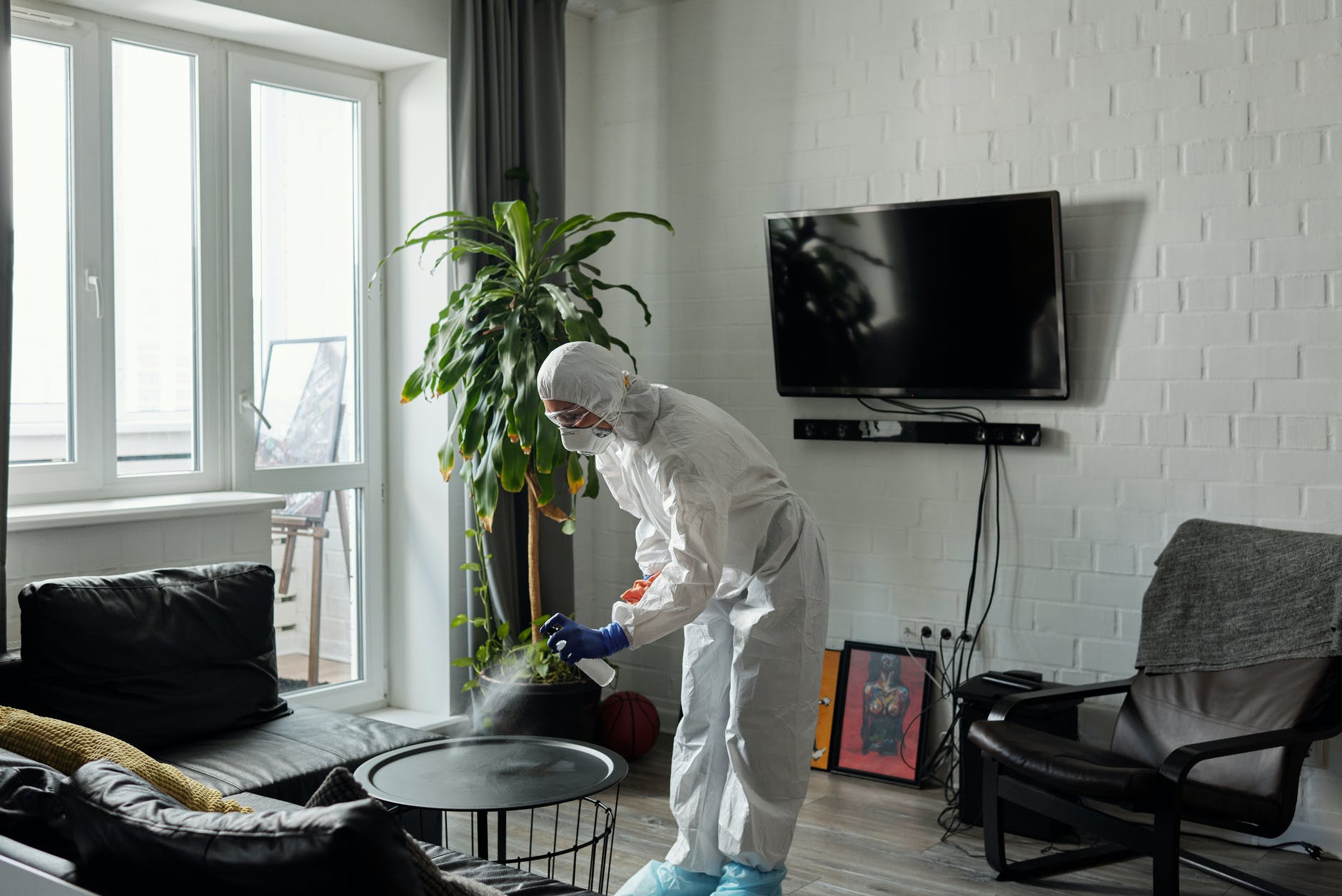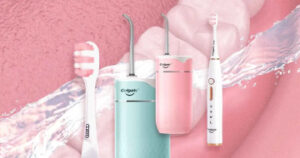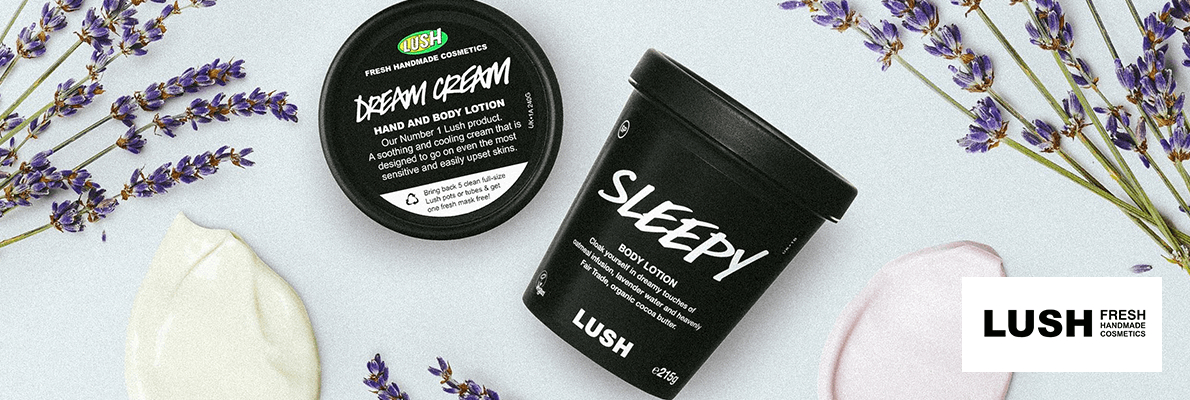Hygiene and cleanliness play a huge role in preventing the spread of the virus. Aside from frequently washing hands, properly wearing masks, and keeping a safe distance from members outside of your household, it’s a good measure to disinfect high-touch surfaces as well. How long the virus survives on the surface depends on factors like the type of surface, temperature, or humidity of the environment.
What are high-touch surfaces?
This refers to surfaces or objects that people frequently touch with their hands. Because people are constantly in contact with these surfaces, they become easily contaminated, thus making them a breeding ground for the virus. The Department of Health states there is no definite timeline for how long the virus can survive on surfaces, but it can remain for a few hours up to several days.
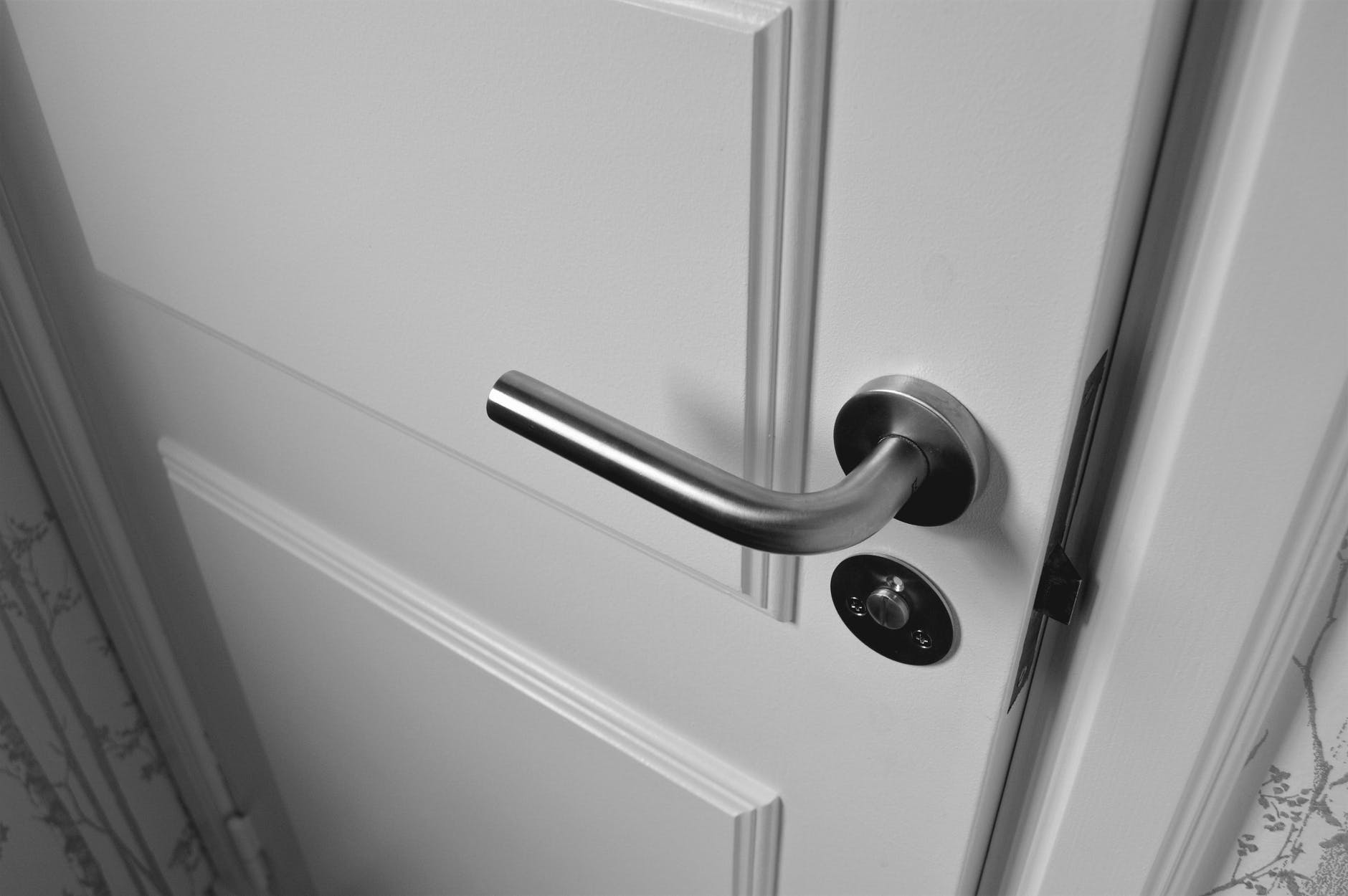
List of High-touch Surfaces to Disinfect
Public areas and common rooms should regularly be disinfected to reduce the spread of the virus. These include the home, office, gyms, groceries, public transportation, and restaurants. According to the World Health Organization, the following should be prioritized for disinfection:
- Door and window handles
- Kitchen and food preparation areas
- Countertops
- Bathroom surfaces
- Toilets and taps
- Touchscreen personal devices
- Personal computer keyboards
- Work surfaces
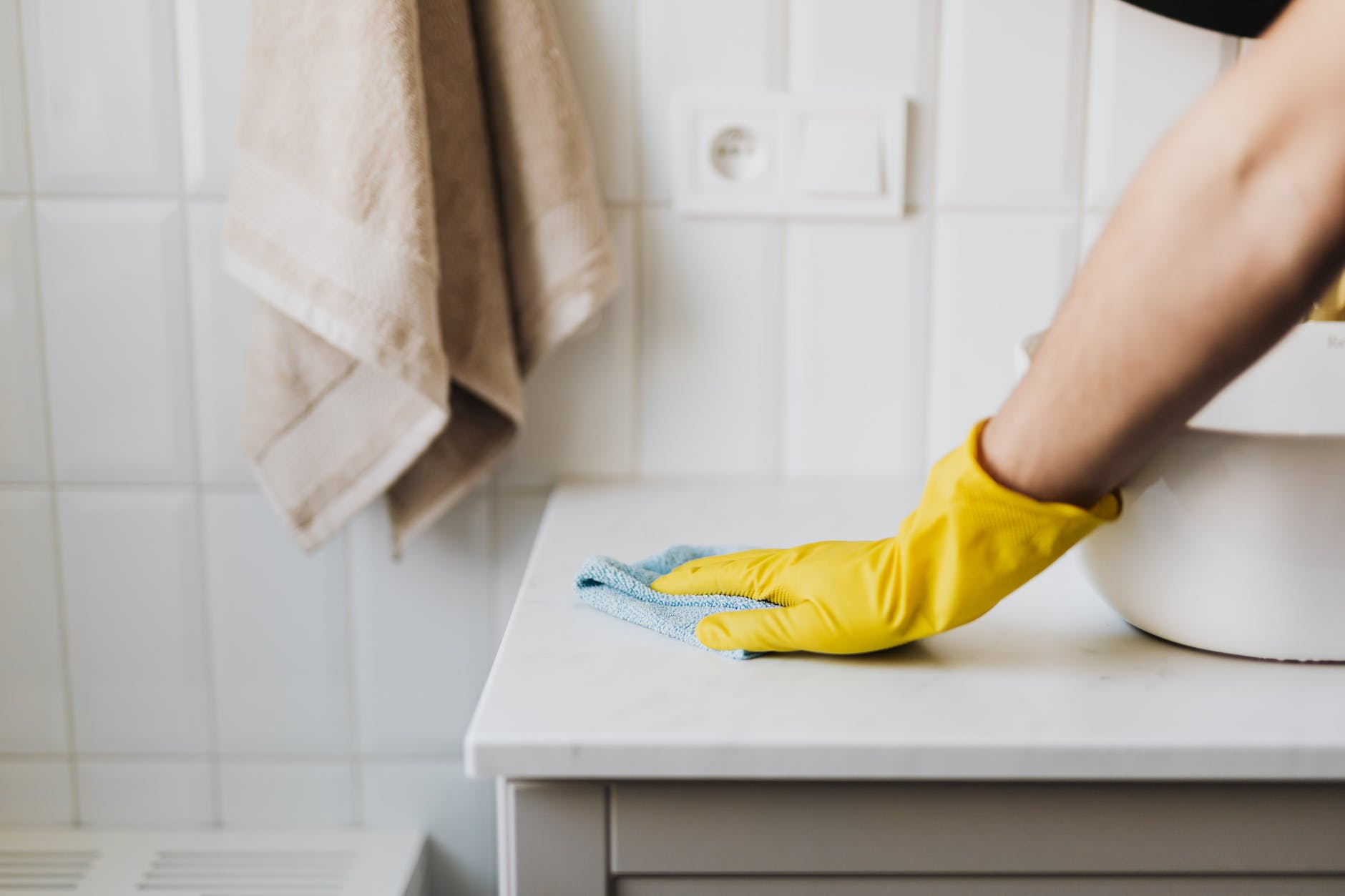
Other items not mentioned that should also be disinfected are:
- Face shields
- Remote controls
- Stair rails and handrails
- Light switches
- Gym equipment
- Buttons on vending machines and elevators
- Seats in public transportation

Clean high-touch surfaces with water and soap to remove dirt, then follow through with disinfection with 70-90% alcohol. While it’s better to be safe than sorry, surfaces that aren’t high-touch don’t need to be routinely disinfected. Examples are floors and hard-to-reach areas like the top of the shelf. The same goes for soft surfaces like carpets and curtains.
ALSO READ: Everyday Objects You Can Clean with Hand Sanitizer
